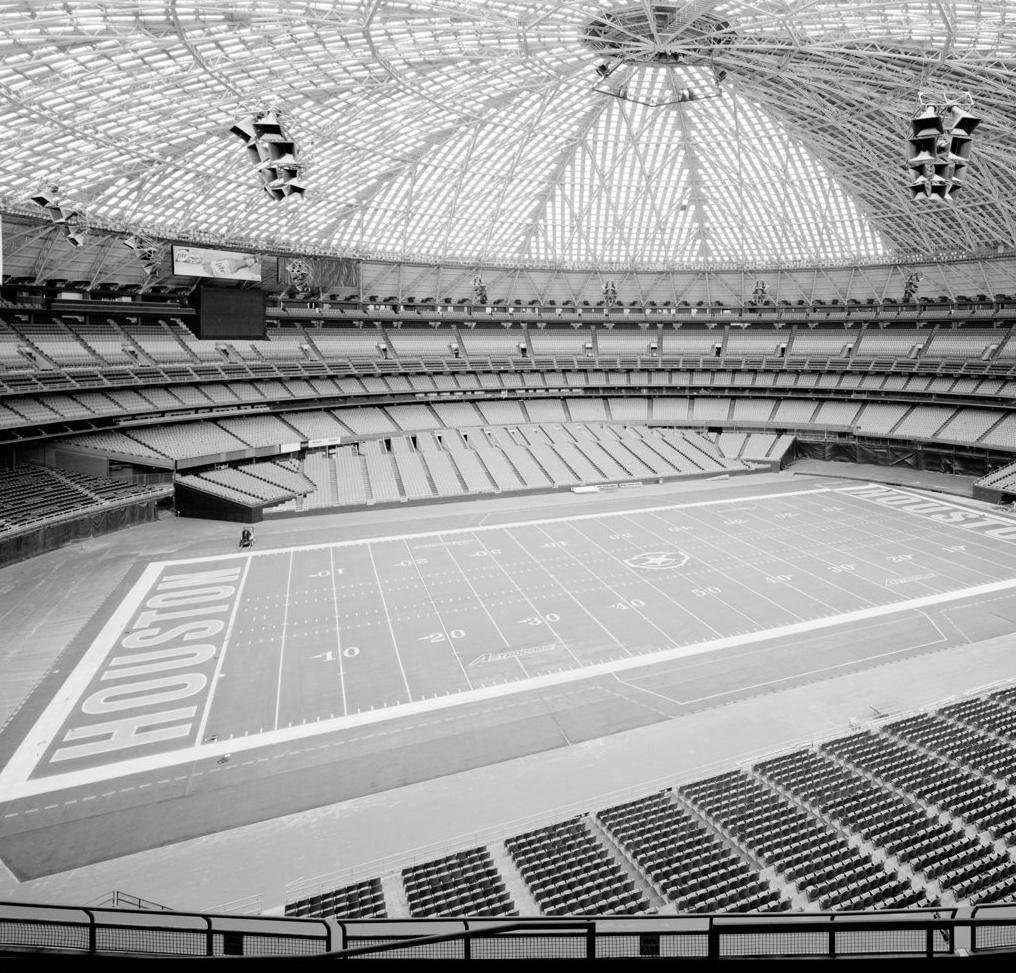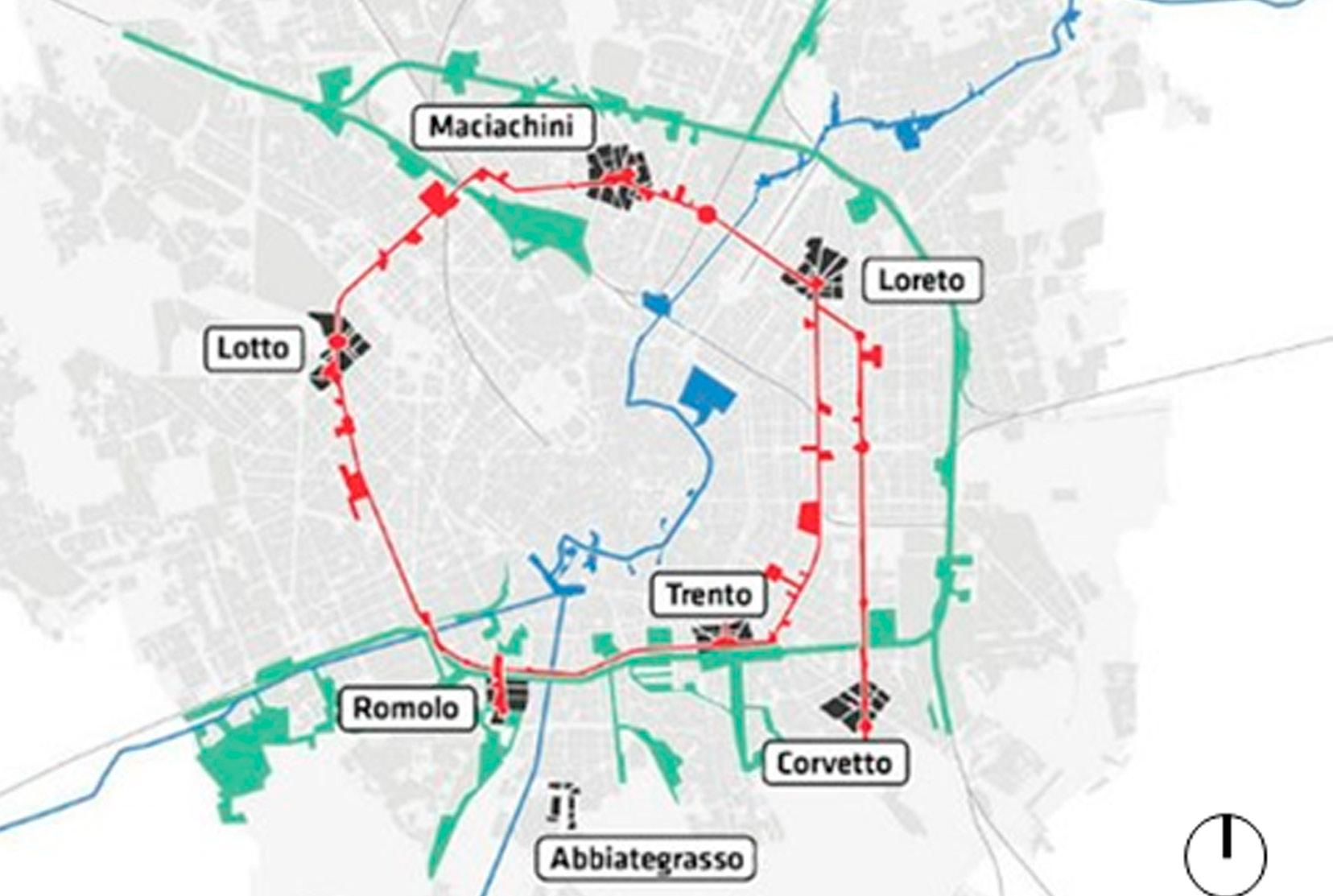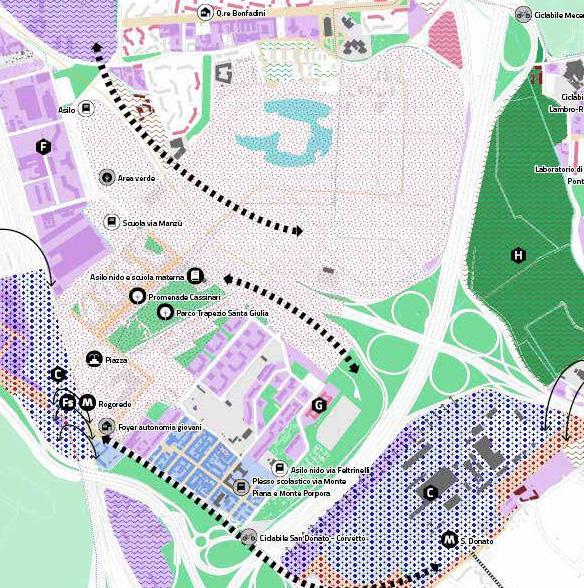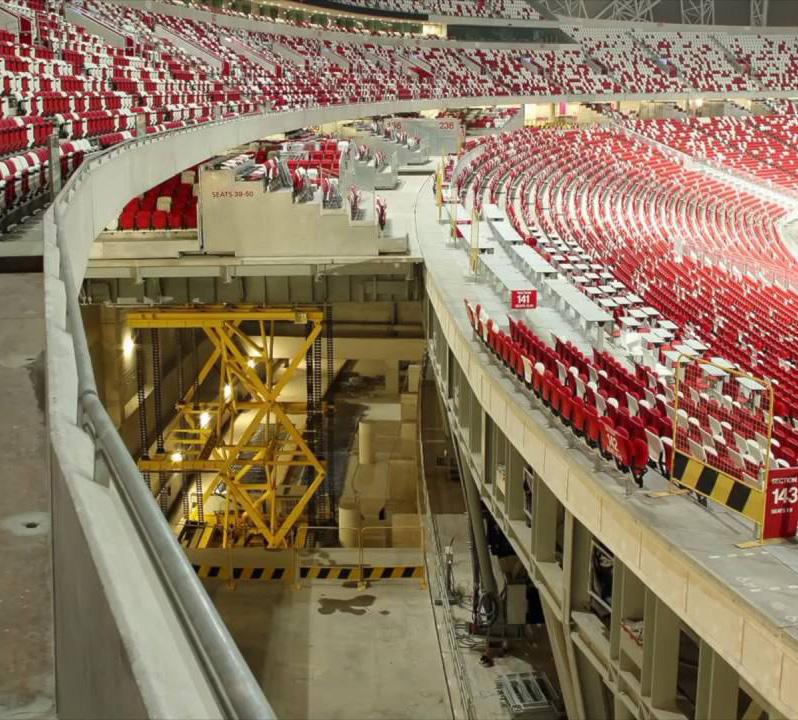
1 minute read
DOME STRUCTURES | ENCLOSED STADIUMS | FLEXIBILITY
Another important focus in our thesis is the potential that certain stadiums can provide through flexibility and variation in functions and facilities. Such changes in sports activities and playing surfaces of different shapes and sizes, require certain morphology and typology in roof structure which is capable of understanding the various needs for each sport’s requirements. One solution to achieve this potential is through the closure of stadiums, meaning a closed roof; thus, allowing, under different weather and environmental conditions, infinite sport activities to occur: football, gymnastics, basketball, ice-hockey, tennis, etc... Enclosed roof stadium is capable of housing different sports’ activities under unobstructive conditions and with total independence from environmental factors. For flexible stadiums to be designed, large and wide spans should be considered to allow for the different variations in field sizes to fit, and thus, different technologies and experimentation performed and used in order to achieve large and vast spans of covered roofs.
Domed structures differentiate enclosing roof stadiums from conventional stadiums; nevertheless, many of these are not genuine domes in the architectural sense. Throughout time, different solutions and shapes were applied, and we observed structures better described as vaulted roofs, truss-supported roofs, and more exotic designs such as tensegrity structures.
Advertisement
Due to the fact that the first enclosed stadium, the Houston Astrodome, was designed with an actual dome-shaped roof, the name “Domed Roof” has become standard for all enclosed stadiums. Another example of a flawless dome-shaped roof is the Mercedes-Benz Superdome in New Orleans.
It is the largest fixed dome structure to ever be built, with a diameter of 210m made of lamellar multi-ringed frame.
One of the great examples for an enclosed roof with an air-filling structure is the Tokyo Dome in Japan. The opening of the stadium occurred on March 17, 1988. It can hold up to 57,000 people depending on the arrangement, with a total capacity of 42,000 in an all-seating layout. Its dome-shaped roof is an air-supported structure, a plastic and flexible membrane an enclosure and held up with internal pressure created by fans. Such technology permits the roofs to span great distances, as long as a constant air supply is provided.

For enclosing arenas, different structural systems can be applied, whether with the use of reinforced concrete such as Palazetto dello sport that was mentioned before, or with the help of steel construction in which large spans are covered through truss systems and cable structures, allowing the upper material to hold and ensuring the covering of the inner space. With the latter allowing for retractable roof constructions and variations in which we can clearly see in AT&T Stadium in the United States or in Singapore National Stadium.










